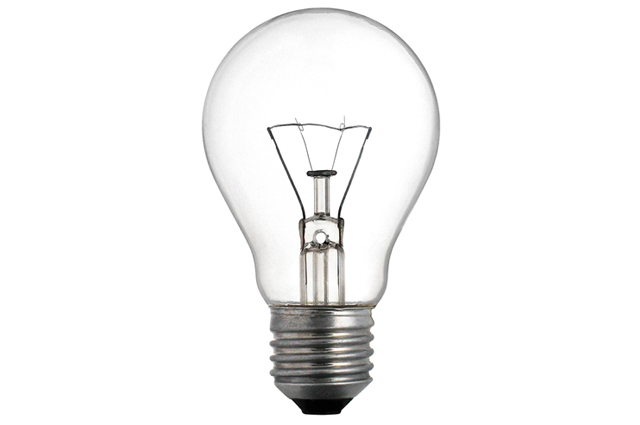Bulb Basics – What to look for today
When choosing a bulb, consider quality, color, and light output (measured in lumens). If you want a warmer color, for example, Consumer Reports recommends looking for bulbs with a Kelvin temperature of 2700K. You also want to think about the functional purpose of the fixture as well as its location and accessibility. As the Elle Décor editors put it, certain bulbs prove better for certain applications:
“Bathrooms do best with diffused light—a mixture of compact fluorescents and halogen bulbs that give off a low contrast and soft lighting. LED bulbs are good for areas where bright, focused light is necessary—like prep areas of the kitchen.”
LED bulbs are the best choice when considering our environment. LED converts 95% of energy to light and only 5% is wasted through heat. When you consider a filament bulb source only converts 10% to light and 90% is wasted through heat, LED is the best choice where possible.
No matter what fixture or application, always keep these ‘best bulb practices’ in mind:
– Go Commercial: Avoid bulbs from mass market retailers as they are often lower quality. Whether it’s a big brand or a store name, it’s better to spend the extra few dollars to get the higher quality, commercial grade bulb.
– Stay Within the Wattage: Always check the fixture’s specifications to determine the maximum wattage that should be used. Do not buy a bulb that exceeds this wattage – this can shorten the life of the bulb and also create a fire hazard.
– Know Your Line Voltage: Make sure your electrician checks the line for voltage levels and variability in your home. Special rough-service incandescent or xenon bulbs may be required for line voltages that fluctuate and/or are greater than 115 v.
– Bring in the Electrician: Make sure your electrician is informed. Before any new lighting is installed, the electrician should know what type of bulb you are using for each fixture.
– LED Basics: When choosing the highest quality LED light look to the CRI value (color rendering index). 80 CRI is the minimum baseline for a quality light source and renders color as close to naturally seen. At Hammerton we use 93+ CRI at a color temperature of 2700K. While 2700K is Hammerton’s standard color temp, did you know you can choose a different kelvin range depending on what type of color you want to throw from the lighting source. Talk to your Hammerton representative to learn more.
– LED Light Output: To know the overall light output, refer to the lumen value of the bulb. Example: MR16 Halogen = 35 Watt / 320 lumens. The higher the lumen output the brighter the light output.

Hammerton lighting fixtures always come with a specification sheet that details the light bulb base and the UL sticker defining the maximum wattage. Call us at 801-973-8095 to speak to a lighting expert who can help you determine what bulb technology is best for your application.
